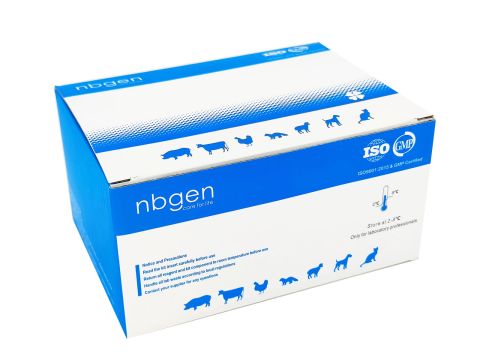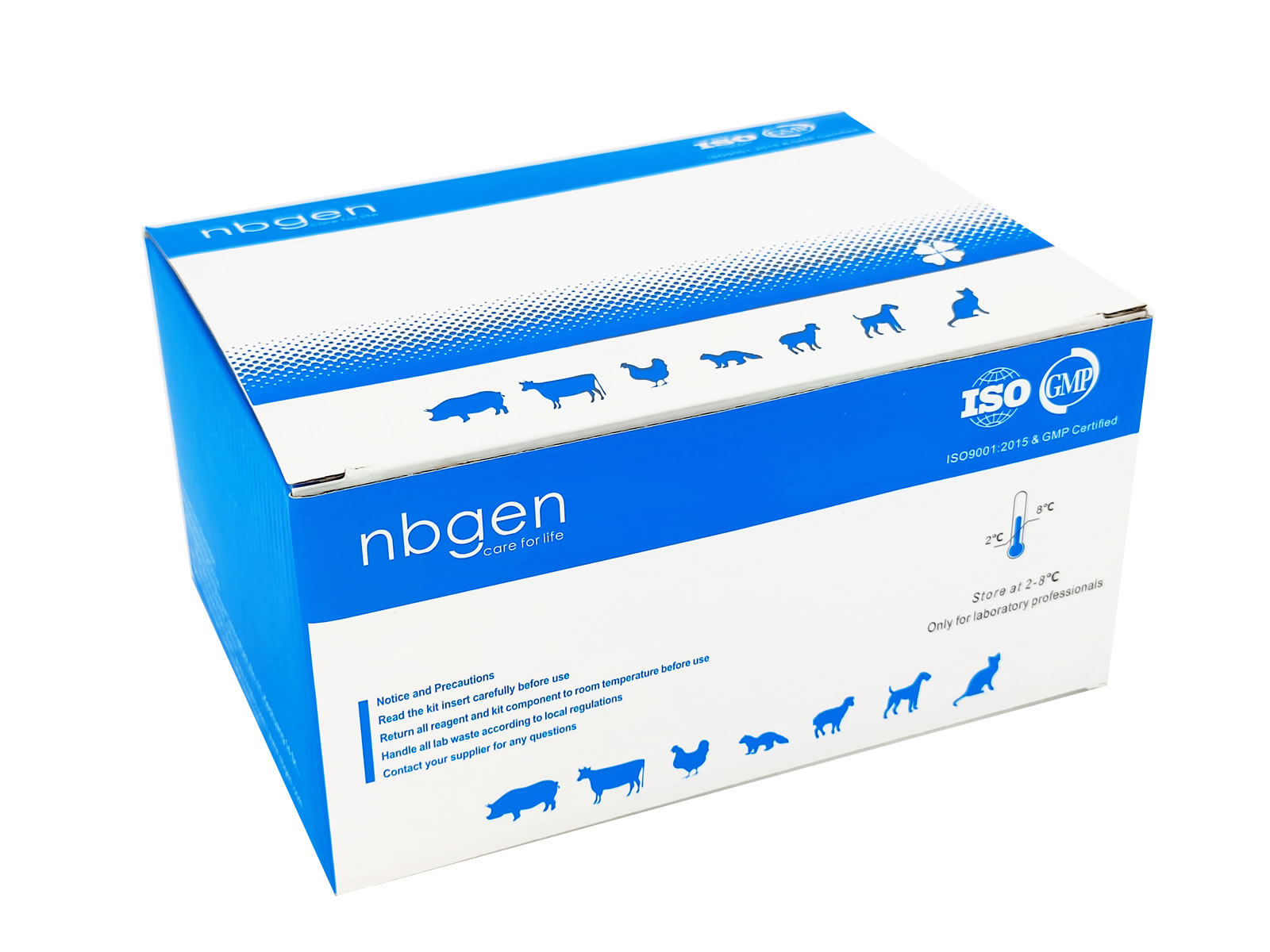
Brucella A9 vaccine strain and wild strain RT-PCR Kit is to detect Brucella A9 vaccine strains and wild strains, which is rapid, accurate and easy-to-operate. Sensitivity 100%, Specificity 100%.
Basic information of Brucellosis
Brucellosis is a contagious disease of livestock with significant economic impact. The disease is caused by various bacteria of the family Brucella, which tend to infect specific animal species. However, most Brucella species can infect other animal species as well. Brucellosis in cattle (B. abortus) in sheep and goats (B. melitensis) and in swine (B. suis) are diseases listed in the World Organisation for Animal Health (WOAH) Terrestrial Animal Health Code and must be reported to the WOAH (Terrestrial Animal Health Code).
Brucellosis is a highly infectious zoonosis for humans. The spread to humans most often occurs by drinking raw milk from infected animals. It causes a severe debilitating disease in people. Veterinarians, farmers, and abattoir workers are vulnerable to infection as they handle infected animals and aborted foetuses or placentae. Human brucellosis is best prevented by controlling the infection in animals. Pasteurisation of milk from infected animals is an important way to reduce infection in humans.
Key facts of the Brucella A9 vaccine strain and wild strain RT-PCR Kit
- Ready to use kits for the vet clinic.
- No extraction required.
- Result in 30min.
Brucella A9 vaccine strain and wild strain RT-PCR Kit Components
| Item # | Item | Qty |
|---|---|---|
| 1 | PCR reaction solution | 1ml |
| 2 | Negative control | 100ul |
| 3 | Positive control | 100ul |
Veterinarians, farmers, and abattoir workers are vulnerable to infection as they handle infected animals and aborted fetuses or placentae.
Brucellosis is one of the most easily acquired laboratory infections, and strict safety precautions should be observed when handling cultures and heavily infected samples, such as products of abortion.
The disease can also spread to people through consumption of unpasteurised milk coming from infected animals.
Extended reading
- WOAH, brucellosis



